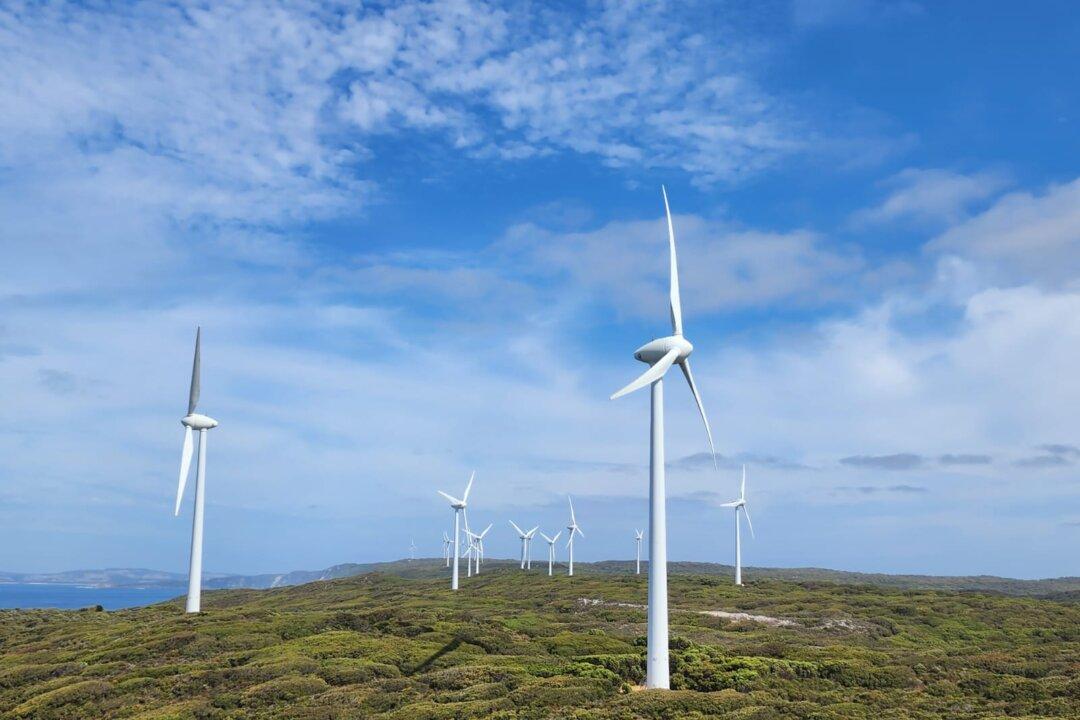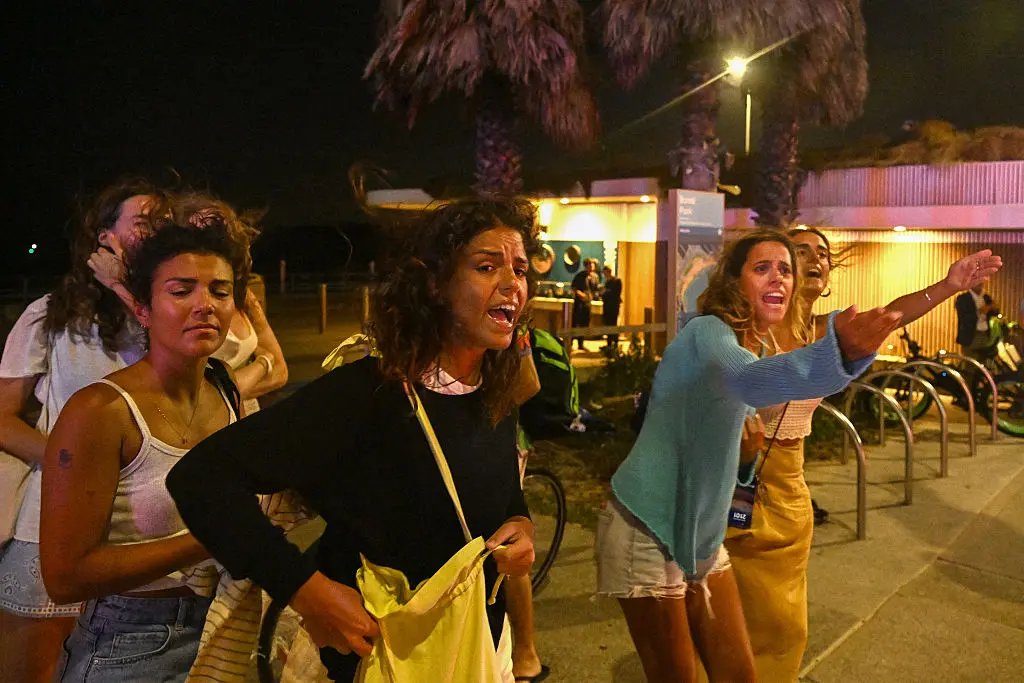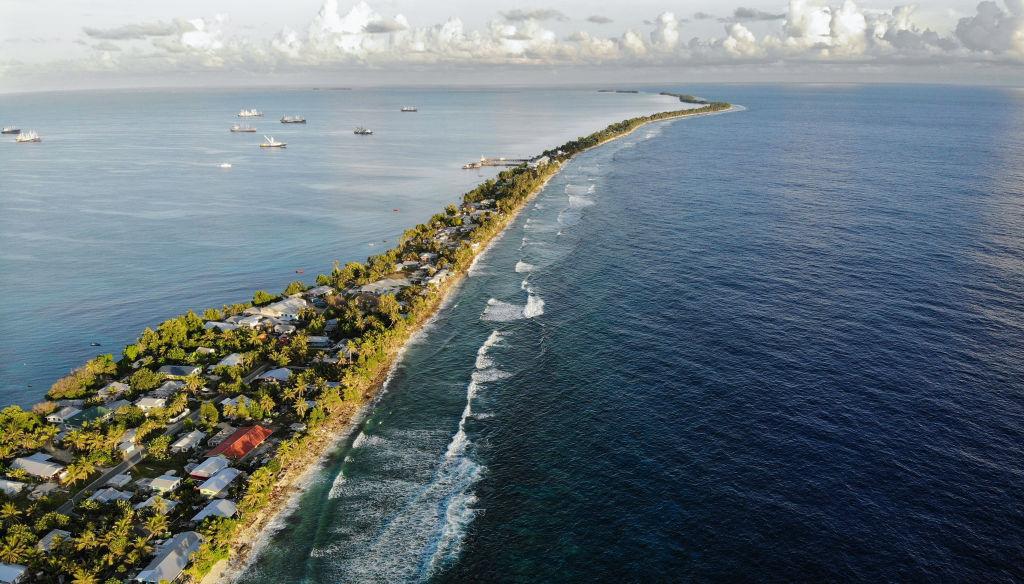All new wind farm developments in the state of Queensland have been put on hold and will need to meet tougher criteria to get approval.
The new rule, which comes into play on Feb. 3, means all pending wind turbine developments must go through “compulsory public consultation” with local councils and communities in the area.





